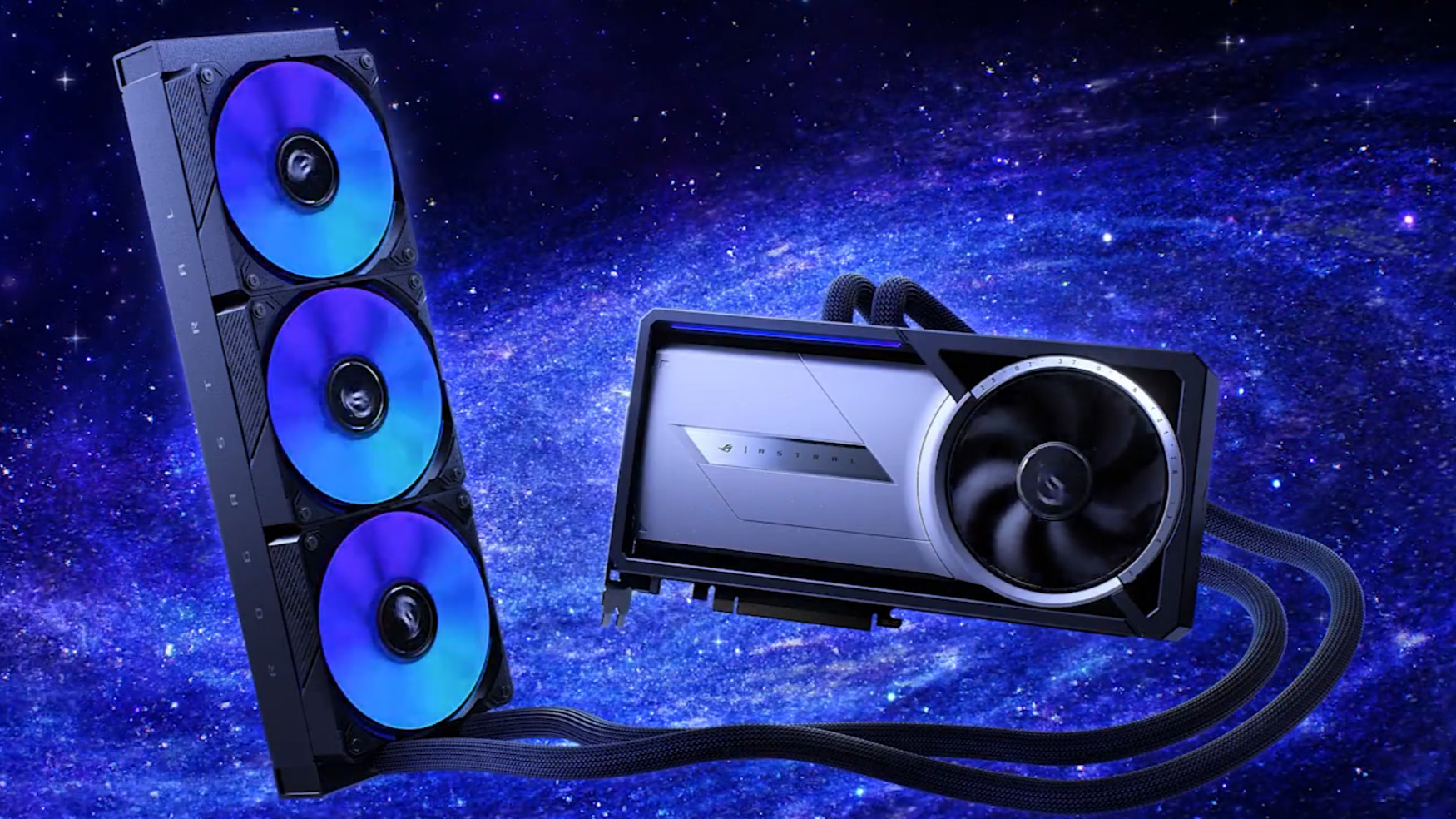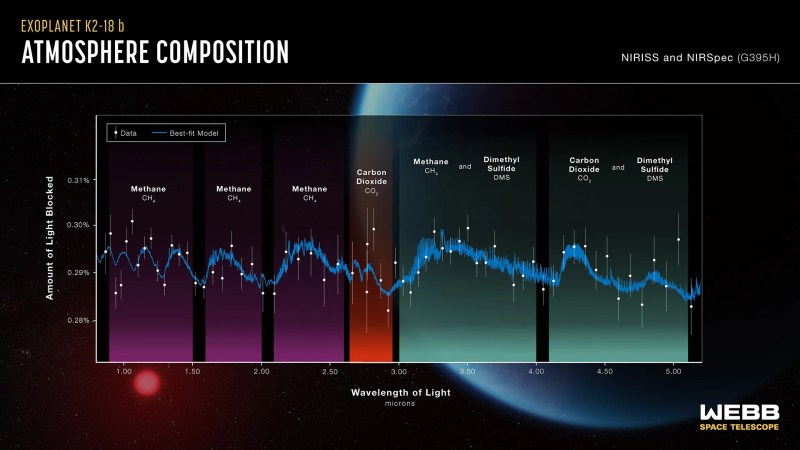Life on K2-18b? Don’t Get Your Hopes Up Just Yet
Last week, the mainstream news was filled with headlines about K2-18b — an exoplanet some 124 light-years away from Earth that 98% of the population had never even heard about. …read more


Last week, the mainstream news was filled with headlines about K2-18b — an exoplanet some 124 light-years away from Earth that 98% of the population had never even heard about. Even astronomers weren’t aware of its existence until the Kepler Space Telescope picked it out back in 2015, just one of the more than 2,700 planets the now defunct observatory was able to identify during its storied career. But now, thanks to recent observations by the James Web Space Telescope, this obscure planet has been thrust into the limelight by the discovery of what researchers believe are the telltale signs of life in its atmosphere.
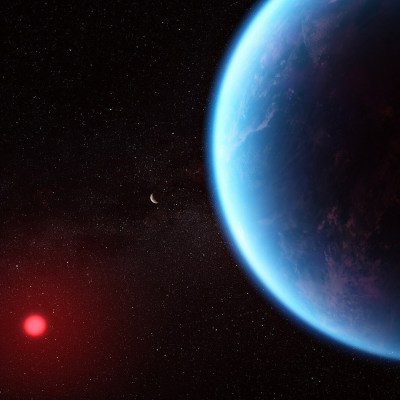
Well, maybe. As you might imagine, being able to determine if a planet has life on it from 124 light-years away isn’t exactly easy. We haven’t even been able to conclusively rule out past, or even present, life in our very own solar system, which in astronomical terms is about as far off as the end of your block.
To be fair the University of Cambridge’s Institute of Astronomy researchers, lead by Nikku Madhusudhan, aren’t claiming to have definitive proof that life exists on K2-18b. We probably won’t get undeniable proof of life on another planet until a rover literally runs over it. Rather, their paper proposes that abundant biological life, potentially some form of marine phytoplankton, is one of the strongest explanations for the concentrations of dimethyl sulfide and dimethyl disulfide that they’ve detected in the atmosphere of K2-18b.
As you might expect, there are already challenges to that conclusion. Which is of course exactly how the scientific process is supposed to work. Though the findings from Cambridge are certainly compelling, adding just a bit of context can show that things aren’t as cut and dried as we might like. There’s even an argument to be made that we wouldn’t necessarily know what the signs of extraterrestrial life would look like even if it was right in front of us.
Life as We Know It
Credit where credit is due, most of the news outlets have so far treated this story with the appropriate amount of skepticism. Reading though the coverage, Cambridge’s findings are commonly described as the “strongest evidence yet” of potential extraterrestrial life, rather than being treated as definitive proof. Well, other than the Daily Mail anyway. They decided to consult with ChatGPT and other AI tools in an effort to find out what lifeforms on K2-18b would look like.
So, AI-generated frogmen renders not withstanding, what makes these findings so difficult to interpret? For one thing, we have very little idea of what extraterrestrial life would actually be like, so proving that it exists is exceptionally difficult. Scientists have precisely one data point for what constitutes as life, and you’re sitting on it. We only know what life on Earth looks like, and while there’s an incredible amount of biodiversity on our home planet, it all still tends to play by the same established rules.
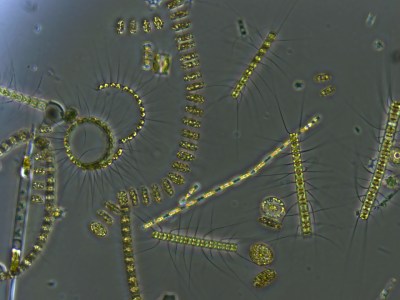
We assume those rules to be a constant on other planets, but that’s only because we don’t know what else to look for. Consider that the bulk of our efforts in the search for extraterrestrial intelligence (SETI) thus far have been based on the idea that other sentient beings would develop some form of radio technology similar to our own, and that if we simply pointed a receiver at their star, we would be able to pick up their version of I Love Lucy.
This is a preposterous presupposition, which doesn’t even make much sense when compared to humanity’s history. Consider the science, literature, and art that humankind was able to produce before the advent of the electric light. Now imagine that Proxima Centauri’s answer to Beethoven is putting the finishing touches on their latest masterpiece as our radio telescope silently checks their planet off the list of inhabited worlds because it wasn’t emanating any RF transmissions we recognize.
Similarly, here on Earth dimethyl sulfide (DMS) and dimethyl disulfide (DMDS) are produced exclusively by biological processes. DMS specifically is so commonly associated with marine phytoplankton that we often associate its smell with being in proximity of the sea. This being the case, you could see how finding large quantities of these gases in the atmosphere of an alien planet would seem to indicate that it must be teaming with aquatic life.
But just because that’s true on Earth doesn’t mean it’s true on K2-18b. We know these gases can be created abiotically in the laboratory, which means there are alternative explanations to how they could be produced on another planet — even if we can’t explain them currently. Further, a paper released in November 2024 pointed out that DMS was detected on comet 67P/Churyumov–Gerasimenko by the European Space Agency’s Rosetta spacecraft, indicating there’s some unknown method by which it can be produced in the absence of any biological activity.
Finding What You’re Looking For
All that being said, let’s assume for the sake of argument that the presence of dimethyl sulfide and dimethyl disulfide was indeed enough to confirm there was life on the planet. You’d still need to confirm beyond a shadow of a doubt that those gases were present in the atmosphere. So how do you do that?
Within our own solar system, you could send a probe. Which is what’s been suggested to investigate the possibility that phosphine gas exists on Venus. But remember, we’re talking about a planet that’s 124 light-years away. In this case, the only way to study the atmosphere is through spectroscopy — that is, examining the degree to which various wavelengths of light (visible and otherwise) are blocked as they pass through it.
This is, as you may have guessed, easier said than done. The amount of data you can collect from such a distant object, even with an instrument as powerful as the James Webb Space Telescope is minuscule. You need to massage the data with various models to extract any useful information from the noise, and according to some critics, that’s when bias can creep in.
In a recently released paper, Jake Taylor from the University of Oxford argues that the only reason Nikku Madhusudhan and his team found signs of DMS and DMDS in the spectrographic data is because that’s what they were looking for. Given their previous research that potentially detected methane and carbon dioxide in the atmosphere of K2-18b, it’s possible the team was already primed to find further evidence of biological processes on the planet, and were looking a bit too hard to find evidence to back up their theory.
When analyzing the raw data without any preconceived notion of what you’re looking for, Taylor says there’s “no strong statistical evidence” to support the detection of DMS and DMDS in the atmosphere of K2-18b. This conclusion itself will need to be scrutinized, of course, though it does have the benefit of Occam’s razor on its side.
In short, there may or may not be dimethyl sulfide and dimethyl disulfide gases in the atmosphere of K2-18b, and that may or may not mean there’s potentially some form of biological life in the planet’s oceans…which it may or may not actually have. If you’re looking for anything more specific than that, the science is still out.


































































































































































![[The AI Show Episode 143]: ChatGPT Revenue Surge, New AGI Timelines, Amazon’s AI Agent, Claude for Education, Model Context Protocol & LLMs Pass the Turing Test](https://www.marketingaiinstitute.com/hubfs/ep%20143%20cover.png)












































































































































































































































.jpg?#)




























_Muhammad_R._Fakhrurrozi_Alamy.jpg?width=1280&auto=webp&quality=80&disable=upscale#)
_NicoElNino_Alamy.jpg?width=1280&auto=webp&quality=80&disable=upscale#)



















































































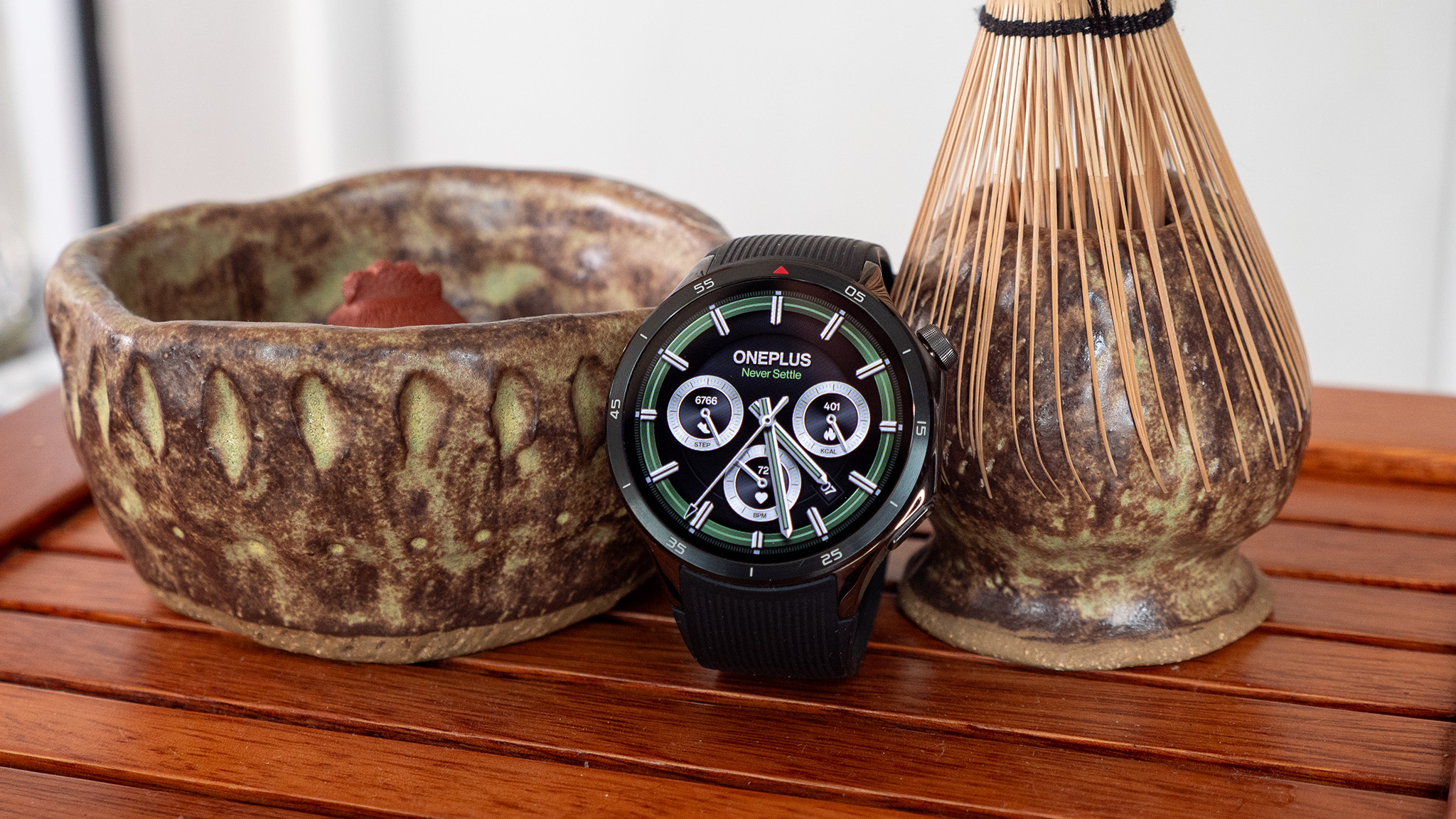























![New iPad 11 (A16) On Sale for Just $299! [Lowest Price Ever]](https://www.iclarified.com/images/news/97144/97144/97144-640.jpg)

![M4 MacBook Air Drops to Just $849 - Act Fast! [Lowest Price Ever]](https://www.iclarified.com/images/news/97140/97140/97140-640.jpg)
![Apple Smart Glasses Not Close to Being Ready as Meta Targets 2025 [Gurman]](https://www.iclarified.com/images/news/97139/97139/97139-640.jpg)


















